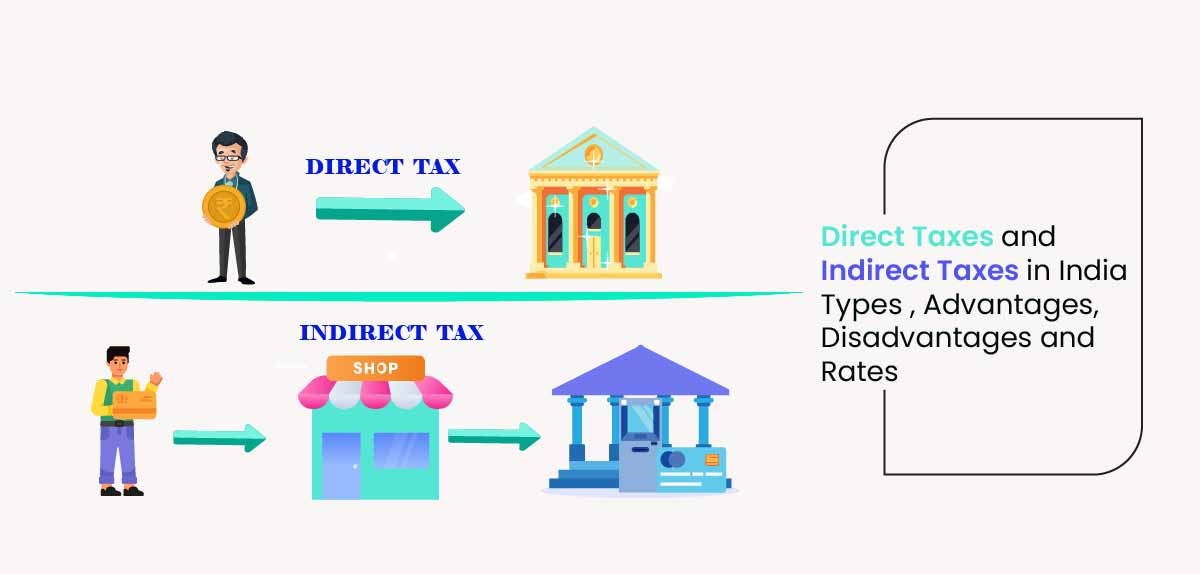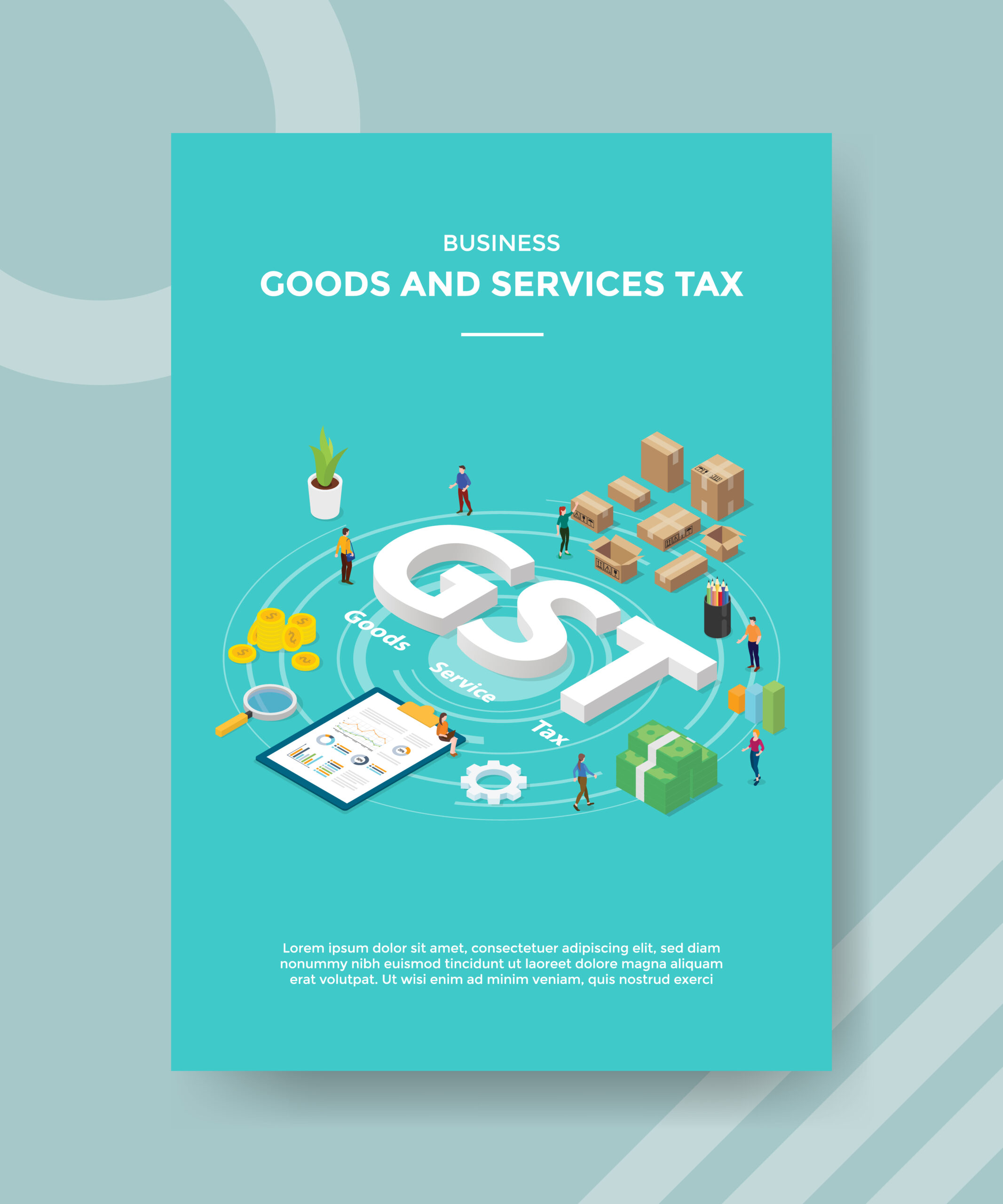Direct Tax vs Indirect Tax: A Comprehensive Comparison
Taxes are the primary source of revenue for governments, allowing them to fund public services, infrastructure development, and social welfare programs. Broadly, taxes are classified into two categories: direct tax and indirect taxes. While both contribute to the government’s revenue, they differ significantly in terms of their nature, impact, and the way they are levied. This article will delve into the differences between direct and indirect taxes, their advantages, disadvantages, and examples.
What is Direct Tax?
Direct tax is a type of tax that is imposed directly on the income or wealth of individuals or organizations. It is collected by the government from the entity earning the income, without any intermediary. The burden of a direct tax cannot be transferred to another person; the individual or business responsible for paying the tax must do so directly.
Common Examples of Direct Taxes:
- Income Tax: Levied on individuals’ or companies’ income, profits, or salaries.
- Wealth Tax: A tax on the total value of personal assets.
- Corporate Tax: Imposed on the income or profit earned by businesses.
- Property Tax: Charged on the ownership of property.
- Inheritance Tax: Tax paid on inherited assets or estates.
Advantages of Direct Tax:
- Equitable Distribution of Wealth: Progressive tax rates ensure that those with higher income contribute more, which helps in reducing income inequality.
- Promotes Social and Economic Welfare: Governments can use direct tax revenue for social welfare programs and infrastructure development.
- Higher Revenue Stability: Income tax and corporate tax provide a steady source of income for the government.
- Inflation Control: Higher taxes on high-income earners can reduce disposable income, thus controlling inflation.
Disadvantages of Direct Tax:
- Tax Evasion: Some people may deliberately underreport income to avoid paying taxes.
- Complexity: The tax system may be complicated, requiring taxpayers to hire professionals for tax filing.
- Negative Impact on Investment: High corporate taxes may discourage investment, as businesses seek lower-tax jurisdictions.
- Reduced Incentive for High Earnings: Progressive tax rates may reduce individuals’ motivation to earn more, knowing they will be taxed at higher rates.
What is Indirect Tax?
Indirect tax is levied on the sale of goods and services rather than on income or wealth. It is collected by intermediaries such as manufacturers, retailers, or service providers, who then pass it on to the final consumer. The burden of the tax is borne by the end consumer, making it a regressive form of taxation.
Common Examples of Indirect Taxes:
- Goods and Services Tax (GST): A tax on the sale of goods and services.
- Value Added Tax (VAT): Charged at each stage of production and distribution.
- Customs Duty: Tax on imported goods.
- Excise Duty: Levied on the production or sale of certain goods.
- Sales Tax: Tax imposed on the sale of goods within a state or region.
Advantages of Indirect Tax:
- Broad Coverage: Indirect taxes are levied on a wide range of products and services, allowing governments to collect more revenue.
- Easier to Administer: These taxes are collected by businesses at different stages of production or sale, simplifying the collection process.
- Encourages Savings and Investments: Indirect taxes do not directly affect individuals’ income, making it easier for them to save and invest.
- Effective in Discouraging Harmful Goods Consumption: High excise taxes on products like alcohol, tobacco, or sugary drinks can reduce their consumption.
Disadvantages of Indirect Tax:
- Regressive Nature: Indirect taxes tend to impact lower-income individuals more, as they spend a larger portion of their income on consumption.
- Inflationary Effect: Higher taxes on goods and services can lead to increased prices, contributing to inflation.
- Tax Evasion: Although indirect taxes are difficult to avoid, some businesses may not report sales correctly to evade taxes.
- Double Taxation: In some cases, consumers might pay tax on the same product multiple times across different stages of production.
Key Differences Between Direct Tax and Indirect Tax
| Definition | Levied directly on income or wealth | Levied on goods and services |
| Payer | Paid by the individual or organization earning income | Paid by consumers through intermediaries |
| Transferability | Non-transferable (burden cannot be shifted) | Transferable (burden is passed to the consumer) |
| Equity | More equitable; progressive in nature | Less equitable; regressive in nature |
| Tax Evasion | Higher possibility due to complexity | Lower possibility, though not entirely eliminated |
| Impact on Income Distribution | Reduces income inequality | Does not address income distribution |
| Examples | Income tax, corporate tax, property tax | GST, customs duty, VAT, excise duty |
Recent Trends and Reforms
- Goods and Services Tax (GST): In many countries, including India, indirect taxes like VAT, service tax, and excise duties have been consolidated into GST, simplifying the tax structure.
- Tax Deduction at Source (TDS): To minimize direct tax evasion, governments have introduced mechanisms such as TDS, where taxes are deducted before payments are made to employees or contractors.
- Digital Tax Filing: Governments worldwide are encouraging the use of online tax filing systems to reduce errors and fraud in direct tax collection.
- Carbon Taxes: A form of indirect tax aimed at discouraging activities that harm the environment.
Direct vs. Indirect Tax: Which is Better?
The debate over whether direct or indirect taxes are more effective depends on the economic goals of a country. Direct taxes ensure fairness and income redistribution, while indirect taxes promote broader tax coverage and are easier to administer. In most economies, a balanced approach incorporating both types of taxes is used.
Conclusion
Both direct and indirect taxes are essential components of a country’s tax system, each with unique benefits and limitations. Understanding the differences between them helps taxpayers comply with tax laws and allows governments to design fair and effective tax policies. By balancing direct and indirect taxes, governments can ensure equitable wealth distribution while still promoting economic growth and stability.



